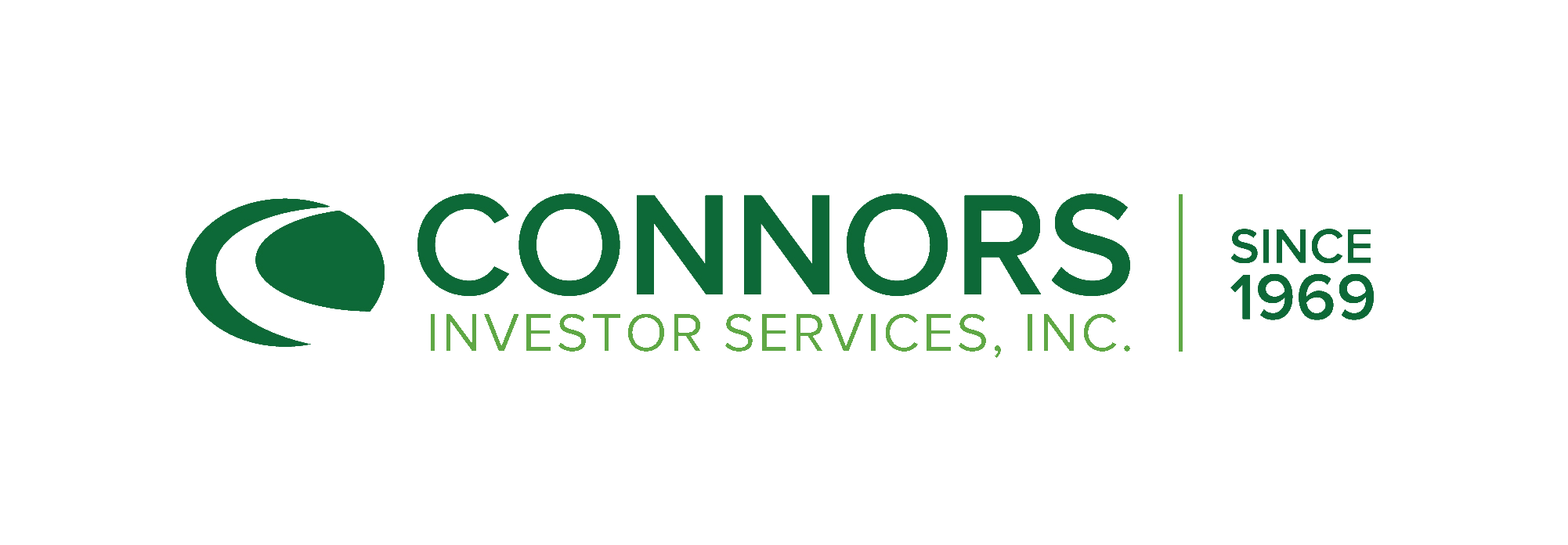Can Option-Based Funds Let You Have Your Cake And Eat It Too?
by Robert Hahn, CFA, on February 29, 2024
“Have your cake and eat it too” is an old English proverb that suggests that you can have the good parts of something without dealing with the bad. The answer to the question posed above is no. That said, the addition of an option-based fund can reduce the volatility of an overall portfolio while still participating in a good deal of potential market upside. The degree of participation depends on how the fund is managed. The implementation of our covered call strategy is based on total return rather than attempting to maximize any one component of the return (dividend income, option premium income, or the return of the underlying equity). This enables us to roll call options that are in the money where it makes sense. The roll either adds an additional premium or is executed for a reasonable debit. Either way, this allows us to maintain the underlying equity and participate in additional potential upside. This contrasts with income-focused funds, on the other hand, that may more regularly let in-the-money positions get called away to maximize income from option premiums. In addition to our total return approach, we typically partially write positions so that in the event that a stock is called away, we still own a portion of the original position in our portfolio.
The following figure shows the growth of $10,000 for the Connors Covered Call Fund (CIF)1 versus the S&P 500® Index2 for the five-year period ending December 31, 2023. As shown, for the five-year period, the CIF returned 86% of the return of the S&P 500. The table shows the standard deviation and beta for the CIF versus the S&P 500 over the same time period. The standard deviation for the CIF is approximately 80% of that of the S&P 500, and the beta is 0.78. We point out that our Covered Call strategy is also available in a mutual fund that includes the use of put and put-spreads versus broad market indexes (generally the S&P 500® Index) to further dampen volatility.


In conclusion, while option-based funds such as the Connors Covered Call Fund or our mutual fund may not allow investors to have their cake and eat it too, they can be utilized as a tool to lower overall portfolio volatility while still enabling investors to participate in a significant portion of potential market upside.
Important Disclosures:
1The Connors Covered Call Strategy (CCS) is implemented in the Connors Covered Fund – a collective investment trust (CIT) [Connors Covered Call Fund] (For Financial Professionals and Plan Fiduciaries Only). Alta Trust is a South Dakota chartered trust company that acts as the trustee of this Collective Investment Trust (CIT). CITs are bank-maintained and not registered with the Securities and Exchange Commission. The Declaration of Trust for the CIT describes the procedures for admission to and withdrawal from the CIT. The Declaration of Trust and the CIT’s Employee Benefit Summary should be read in conjunction with this fact sheet and is hereby incorporated by reference. A copy of these documents may be obtained by contacting Alta Trust at info@trustalta.com. Before investing in any collective investment trust, please consider the trust’s investment objective, strategies, risks, and expenses. Be sure to consult with your financial, legal, and professional tax advisors prior to investment in any collective investment trust. Performance is expressed in USD. Past performance does not guarantee future results. The performance data quoted represents past performance and current returns may be lower or higher. All investments involve risk, including the potential loss of principal. There is no guarantee that the CIT will achieve its objective. CIT Restriction/Limitations: This CIT may only accept assets of defined contribution plans that are part of a pension, profit sharing, stock bonus or other employee benefit plan of an employer for the exclusive benefit of employees or their beneficiaries and is (i) exempt from federal income taxes under Section 501 (a) of the code, by reason of qualifying under Section 401(a) or 414(d) of the code or (ii) is part of an eligible deferred compensation plan maintained by a state or local governmental unit under Section 457(b) of the Code (“Section 457 Plan”), which is either exempt from or not subject to income taxation. Not FDIC Insured | May Lose Value | No Bank Guarantee | For Financial Professionals and Plan Fiduciaries Only,
The results presented do not reflect actual returns achieved by any of Connors Investor’s clients. For various reasons, actual client experience and investment results vary and may be different from those portrayed. Please remember that past performance may not be indicative of future results. Different types of investments involve varying degrees of risk, and there can be no assurance that the future performance of any specific investment, investment strategy, or product (including the investments and/or investment strategies recommended or undertaken by Connors Investor Services, Inc. [“Connors”]), or any non-investment related content made reference to directly or indirectly in this commentary will be profitable, equal any corresponding indicated historical performance level(s), be suitable for your portfolio or individual situation, or prove successful. Due to various factors, including changing market conditions and/or applicable laws, the content may no longer be reflective of current opinions or positions. Moreover, you should not assume that any discussion or information contained in this commentary serves as the receipt of, or as a substitute for, personalized investment advice from Connors. Connors is neither a law firm nor a certified public accounting firm, and no portion of the commentary content should be construed as legal or accounting advice. A copy of the Connors’ current written disclosure Brochure discussing our advisory services and fees continues to remain available upon request.
2 The Standard & Poor's 500® Index is a market-capitalization-weighted index of 500 leading publicly traded companies in the U.S.
3 Standard Deviation: Measure the dispersion of a data set from its mean. It measures the absolute variability of a distribution; the higher the dispersion or variability, the greater the standard deviation, and the greater will be the magnitude of the deviation of the value from its mean.
4Beta: A measure of volatility relative to a benchmark.
This commentary is not intended for the giving of investment recommendations to any single investor or group of investors, and no investor should rely upon or make any investment decisions based solely upon its contents. All returns are shown net of fees. The indices shown are for informational purposes only and are not reflective of any investment. As it is not possible to invest in the indices, the data shown does not reflect or compare features of an actual investment, such as its objectives, costs and expenses, liquidity, safety, guarantees or insurance, fluctuation of principal or return, or tax features. As it is not possible to invest in an index, the information shown does not reflect the features of an actual investment, such as objective, cost and expenses, liquidity, safety, guarantees or insurance, fluctuation of principal or return, or tax features. The Strategy involves risk, including the possible loss of principal. There is no assurance that the Strategy will achieve its investment objectives. The use of leverage embedded in written options will limit the Strategy's gains because the Strategy may lose more than the option premium received. Selling covered call options will limit the Strategy's gain, if any, on its underlying securities, and the Strategy continues to bear the risk of a decline in the value of its underlying stocks. The S&P 500® Index consists of 500 stocks chosen for market size, liquidity, and industry group representation. It is a market value-weighted index (stock price times the number of shares outstanding), with each stock's weight in the Index proportionate to its market value. It is widely used as a benchmark of U.S. equity performance. Standard deviation is a statistical measurement of volatility risk based on historical returns.






